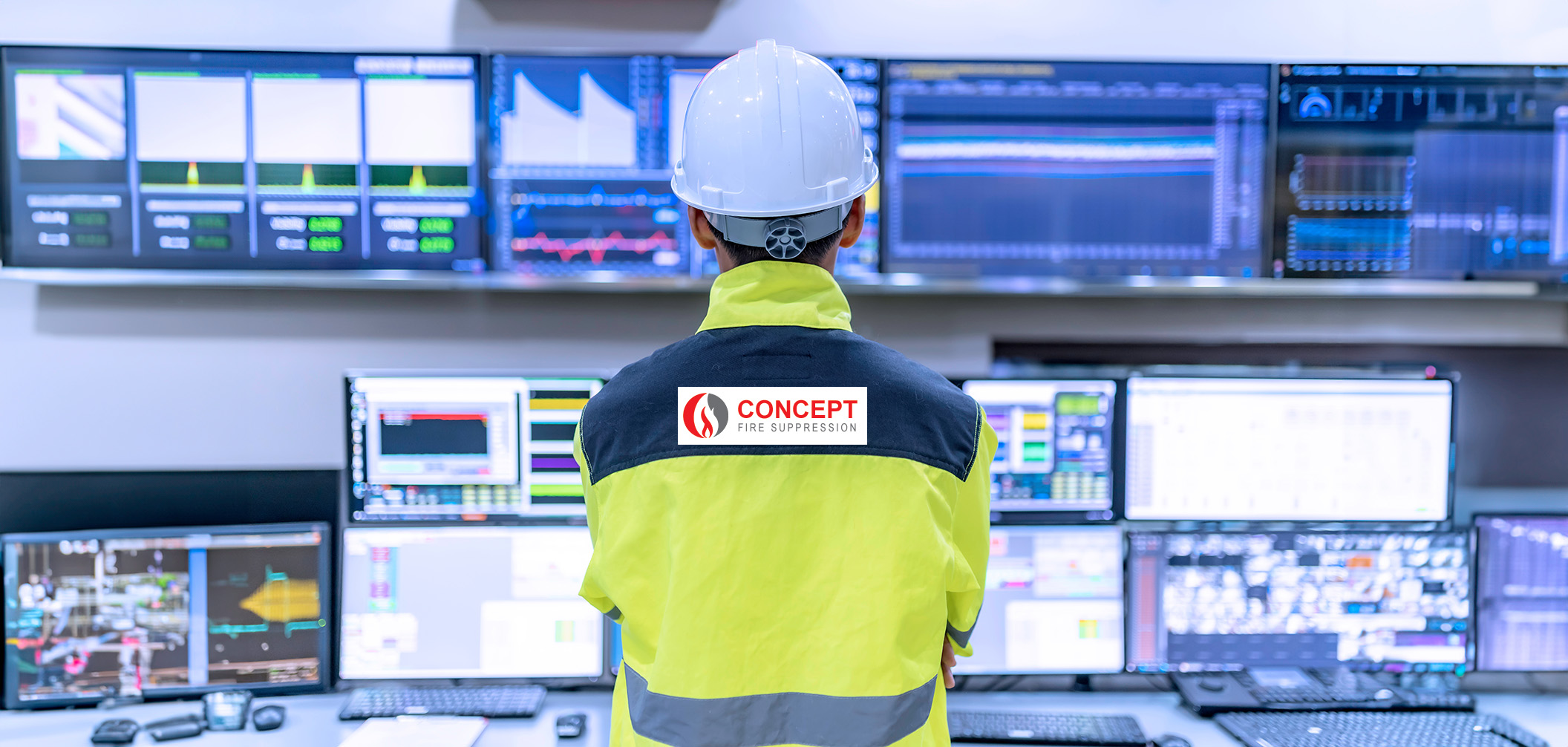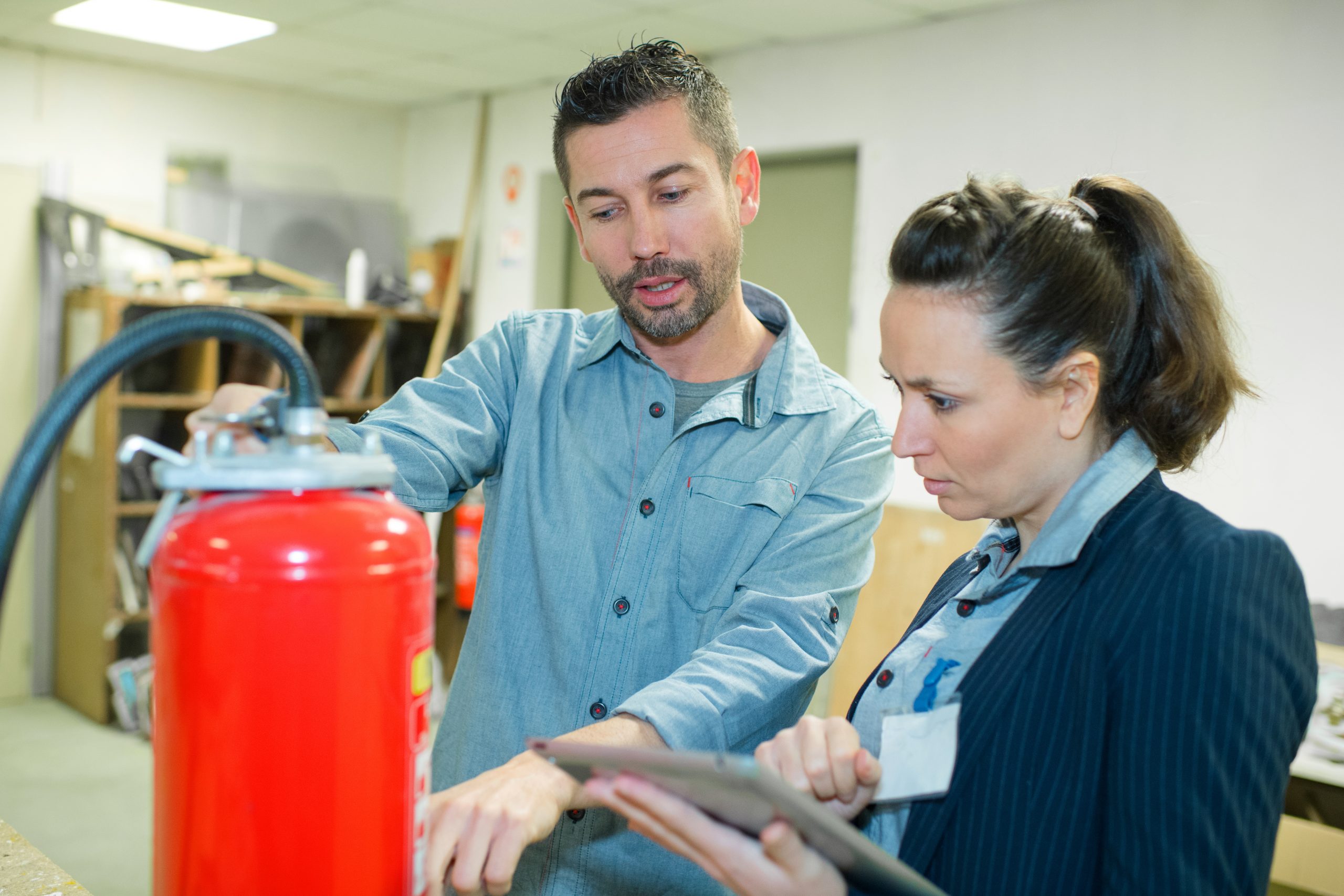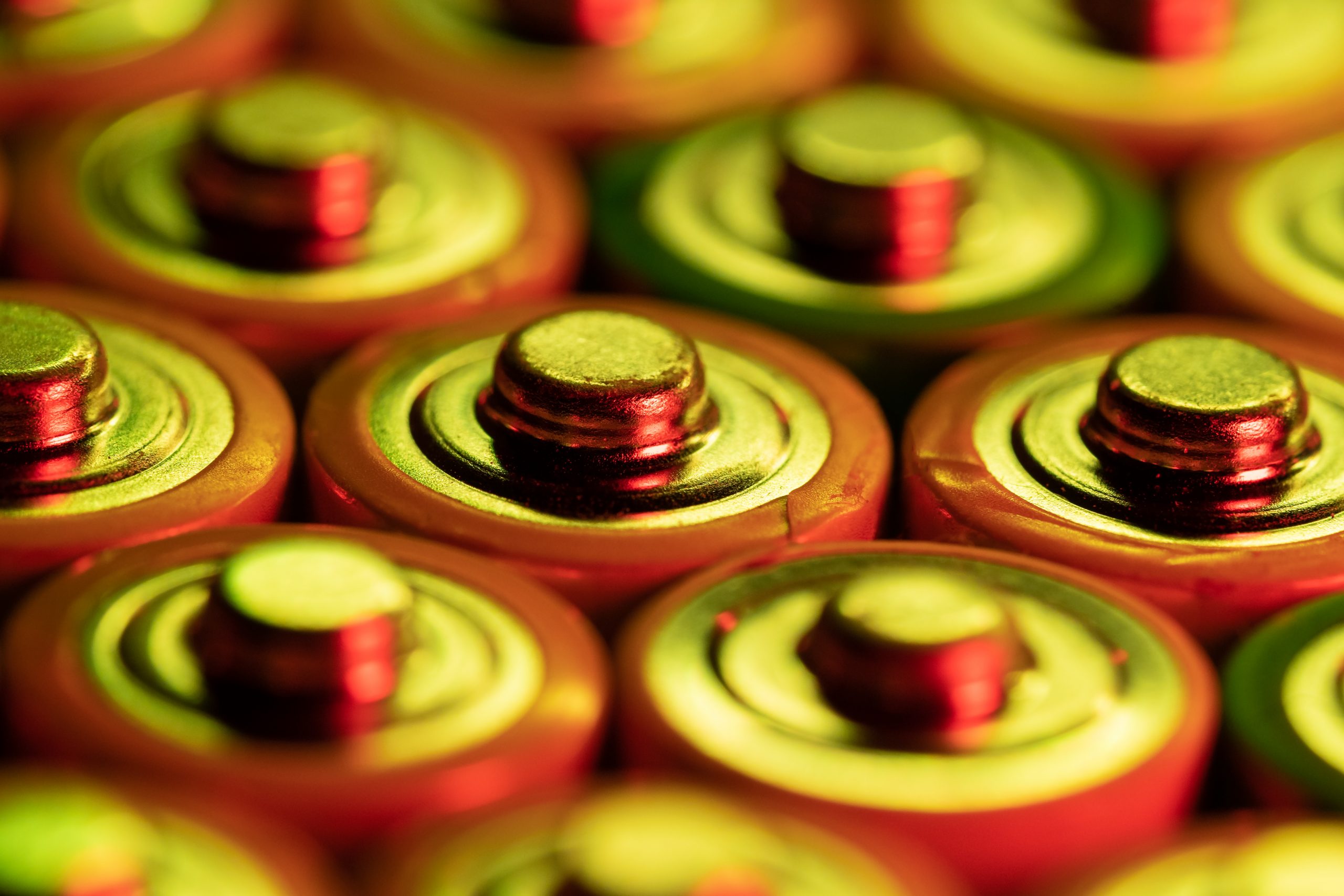4. How Fire Suppression Works: A Closer Look at the Process
Fire suppression is a multifaceted process that involves a combination of proactive measures, responsive systems, and strategic actions. Understanding how fire suppression works provides a foundation for effective fire safety planning and response.
When a fire occurs, time is of the essence. The goal of fire suppression is to detect and suppress the fire as quickly as possible, minimising its growth and potential damage. Let’s take a closer look at the key steps involved in the fire suppression process:
1. Fire Detection: Early detection is critical in combating fires. Fire detection systems, such as smoke detectors, heat sensors, early warning such as VESDA or flame detectors, are deployed to swiftly identify the presence of a fire. These systems use advanced technologies to sense specific indicators of fire, triggering an alarm or alert to notify occupants and initiate the suppression process.
2. Alarm and Alert: Once a fire is detected, the fire suppression system activates audible and visual alarms, providing immediate warnings to occupants and signaling the need to evacuate the premises. Clear and well-placed alarm systems are essential for ensuring swift and orderly evacuations.
3. Suppression System Activation: Simultaneously with the alarm, the fire suppression system is triggered to take action. The specific mechanism of activation depends on the type of suppression system employed. For example, water-based systems may be activated by the detection of heat or smoke, while gas-based systems might rely on pressure differentials or electric signals to release the extinguishing agent.
4. Extinguishing Agent Deployment: Once activated, the fire suppression system deploys the chosen extinguishing agent to suppress the fire. Water-based systems employ water or water mist to cool the fire and starve it of oxygen. Chemical-based systems use fire-retardant chemicals that interfere with the combustion process. Gas-based systems, such as clean agents or inert gases, work by displacing oxygen, effectively suffocating the fire.
5. Fire Suppression and Containment: The deployed extinguishing agent works to suppress the fire, reducing its heat, interrupting the fuel source, or displacing the oxygen. As a result, the fire’s growth is halted, and further damage is contained. The effectiveness of the suppression depends on various factors, including the type of fire, the chosen suppression system, and the speed of response.
6. Post-Suppression Measures: After the fire is suppressed, it is crucial to assess the area for any remaining hot spots or potential re-ignition. Post-suppression measures may include cooling hot surfaces, ventilating the area to remove smoke and toxic gases, and ensuring that the fire is fully extinguished before allowing occupants to return safely.
By understanding the intricacies of the fire suppression process, individuals and organisations can better appreciate the importance of early detection, rapid response, and the selection of appropriate suppression systems. This knowledge enables proactive fire safety planning and empowers effective decision-making in protecting lives and property.
In the next section, we will explore the different types of fire suppression systems available, their applications, and the factors to consider when choosing the right system for specific environments. Let’s continue our journey into the world of fire suppression and enhance our preparedness for fire emergencies.
To go back and read again 3. The Fire Triangle: Understanding the Elements of Combustion or to go forwards go to 4. Types of Fire Suppression Systems: Overview and Applications now.
If you have any queries please contact us now!







